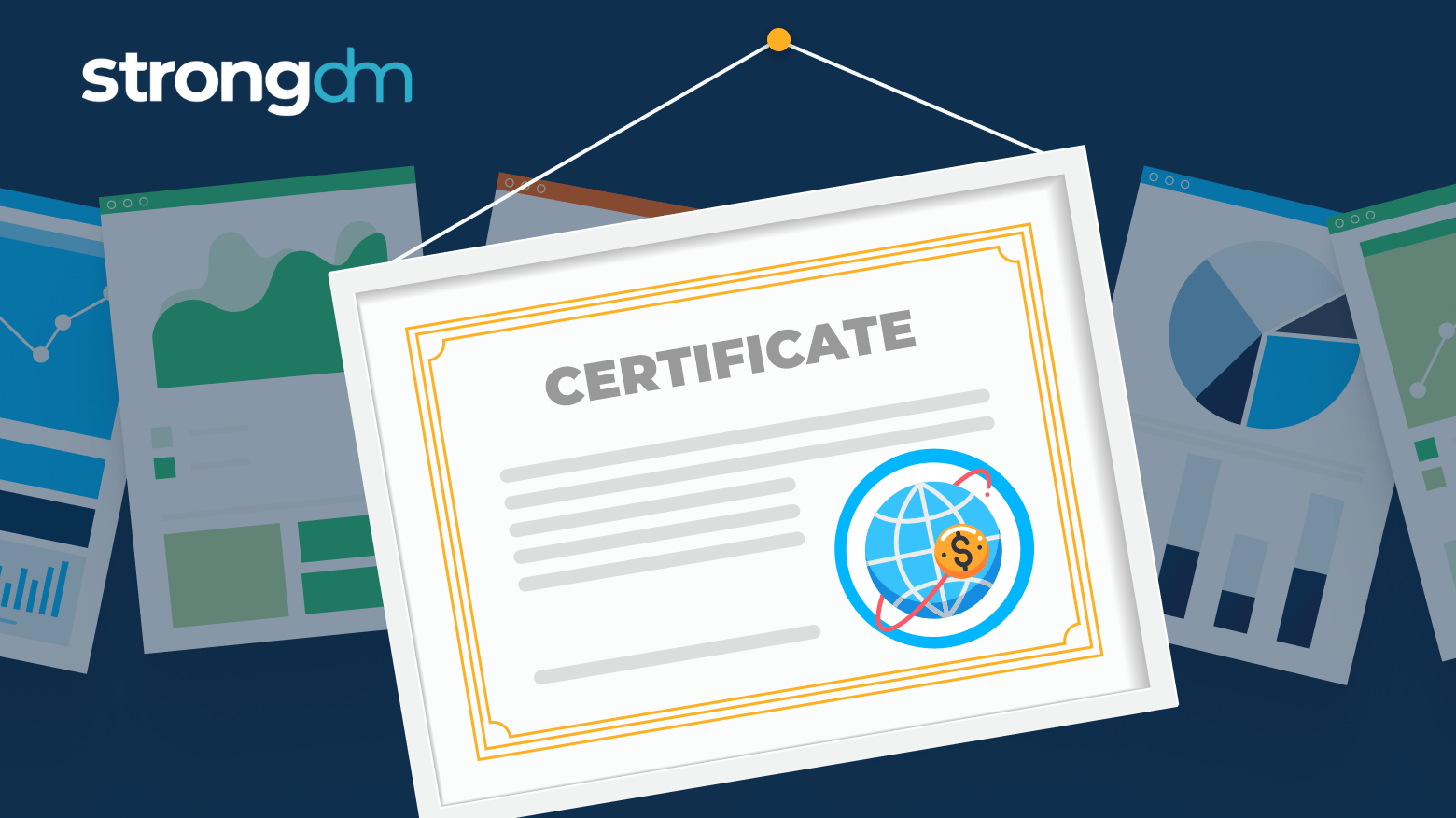
Latest blog posts from John

Secrets management is the practice of securely storing, accessing, and controlling digital authentication credentials such as passwords, API keys, certificates, and tokens used by applications and systems. It ensures that sensitive information is protected from unauthorized access, while supporting automation, compliance, and security across modern infrastructure.

Legacy security models can’t protect modern financial systems. Continuous Authorization ensures real-time, risk-based access control for true Zero Trust. Learn how to secure your cloud and hybrid environments today.

This guide breaks down the top cloud database solutions reshaping how organizations store, manage, and scale data. From relational databases to NoSQL options, we’ll cover what matters most when choosing the right solution for your needs. By the end, you’ll understand how modern cloud databases drive scalability and performance—and which one is the best fit for your organization.

The latest updates in NIST Special Publication shift focus from complexity to usability. Key changes include: 1. Prioritizing password length over complexity. 2. Mandating compromised credential screening. 3. Encouraging passwordless authentication methods. 4. Eliminating forced password resets unless compromise is suspected.

In this guide, we’ll cover the 15 most important cybersecurity regulations for financial services providers. We’ll show exactly which ones—from GDPR and PCI DSS to MAS TRM, CBEST, and others—apply to your organization, and explain, in plain in English, what they are, how they impact your business, and how you can initiate a path for compliance.

The HIPAA Multi-Factor Authentication (MFA) requirement is a security measure that requires users to verify their identity using at least two different factors—such as something they know (a password), something they have (a smartphone or token), or something they are (a fingerprint)—to access systems containing electronic Protected Health Information (ePHI). This additional layer of security is designed to protect sensitive healthcare data from unauthorized access, even if one credential is

In this post, we’ll explore what PSD2 compliance challenges businesses face, and how StrongDM simplifies secure access to help organizations confidently meet PSD2 requirements.

Managing access to critical infrastructure is a challenge for many organizations. Legacy tools often struggle to keep up, creating inefficiencies, security gaps, and frustration. StrongDM offers a modern solution that simplifies access management, strengthens security, and improves workflows. In this post, we’ll explore 13 real-world examples of how StrongDM helps teams solve access challenges and achieve their goals.

Network Level Authentication (NLA) is a security feature of Microsoft’s Remote Desktop Protocol (RDP) that requires users to authenticate before establishing a remote session. By enforcing this pre-authentication step, NLA reduces the risk of unauthorized access, conserves server resources, and protects against attacks like credential interception and denial of service. While effective in securing RDP sessions, NLA is limited to a single protocol, lacks flexibility, and can add complexity in

Enterprises seek ways to effectively address the needs of dynamic, always-evolving cloud infrastructures, and StrongDM has developed a platform that is designed with built-in capabilities to support continuous compliance in AWS environments.
![IP Whitelisting: Meaning, Alternatives & More [2026 Guide]](https://discover.strongdm.com/hubfs/ip-whitelisting.jpg)
IP whitelisting is a security strategy that restricts access to a network/system to a specified list of trusted IP addresses. This approach ensures that only individuals using the approved addresses can access certain resources.

Discover how StrongDM's Zero Trust PAM and fine-grained authorization secure cloud data plane access and mitigate shadow access risks without hindering productivity.

Learn why Just-in-Time (JIT) access is essential for Zero Trust security in AWS environments. Discover how StrongDM's JIT access enhances security, optimizes workflows, and ensures compliance with Zero Trust principles.

Zero Trust cloud security is a cybersecurity model that operates on the principle that no user, device, system, or action should be trusted by default — even if it's inside your organization’s own network. This approach minimizes the risk of breaches and other cyber threats by limiting access to sensitive information and resources based on user roles, device security posture, and contextual factors.

